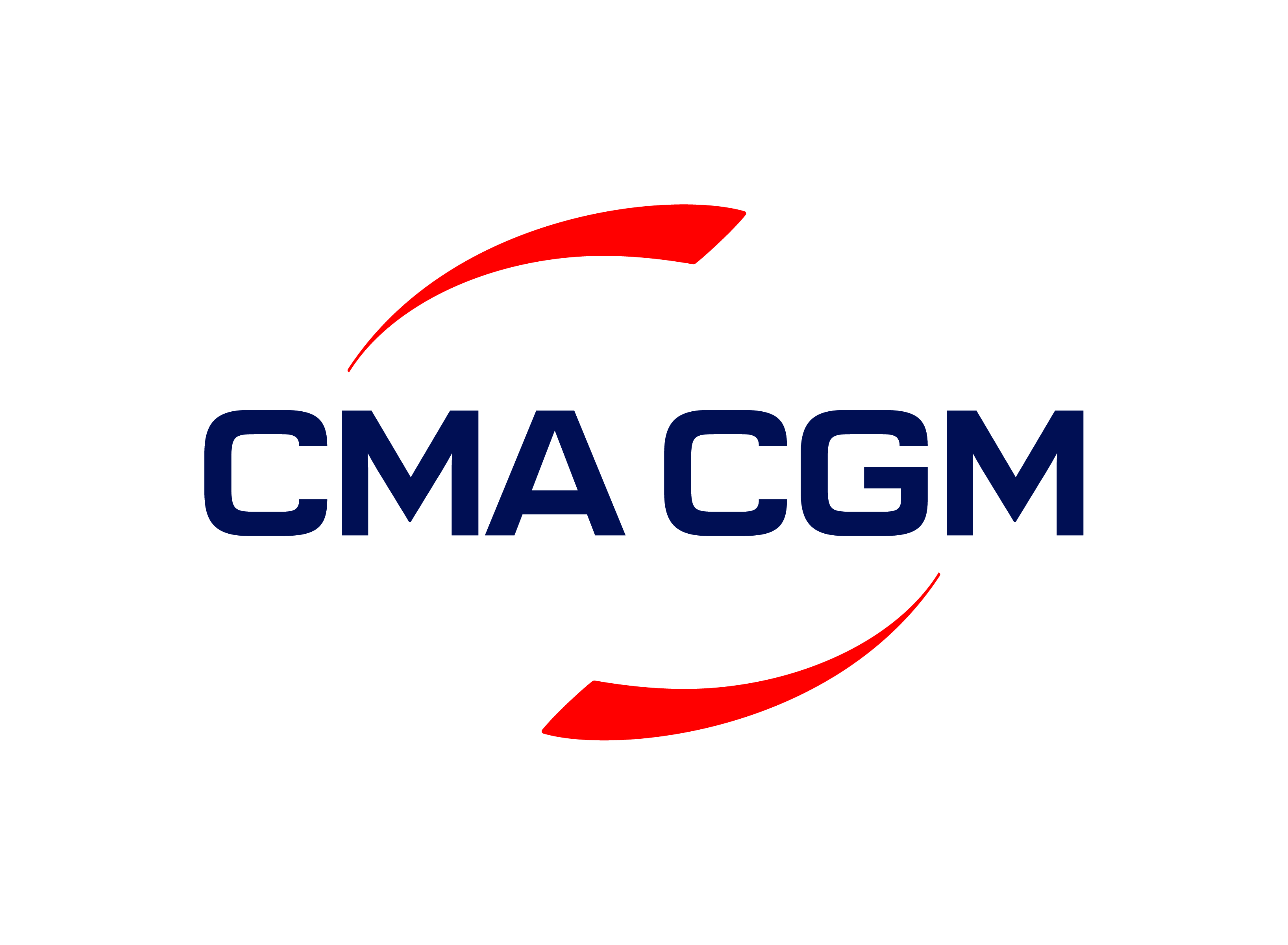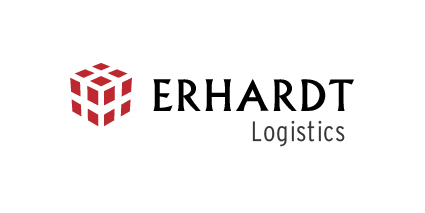Aug 20 | 2020
As Europe continues to deal with the Covid-19 pandemic, we take a look at where project cargo can grow once more.
Much of the activity that will stimulate contract demand is likely to come from energy. That includes both oil & gas and renewables.
Also, despite an overall decline, there are some areas of manufacturing where Europe is poised to thrive.
Breakbulk players should note these developments carefully. They ultimately represent ways to score contracts with key players, be they EPCs, manufacturers, energy firms, and oil & gas companies.
As Breakbulk reported earlier in 2020 in June, renewable energy could be an important source of project freight movement in Europe across the next decade.
European governments, such as France’s, have clearly identified clean energy investment as a way to support economic growth and stability. The UK, for instance, has removed its opposition to subsidies for wind farms, making the country more attractive for energy companies.
Overall, there is 15 GW of wind power projects slated for tendering by the EU until 2022. Seven Italian project tenders are still to come in 2020, and UK developments like Dogger Bank are moving forward.
Construction and installation work have also continued amidst pandemic conditions.
Enel Green Power has been working on two Spanish developments. The Los Naranjos Solar plant and Los Gigantes wind farm which will add a combined 123 MW capacity to the Spanish national grid once completed.
Ultimately, renewables are increasing in importance in the EU, UK and other European states.
The size and scope of such developments will already be familiar to EPCs, freight forwarders and equipment suppliers throughout the region.
Renewables are likely to pay dividends from a contract perspective for European breakbulk and project cargo companies.
Straddling the world of clean energy and hydrocarbons comes green hydrogen.
The EU Hydrogen Strategy sets out how from 2020 to 2024, the EU will support the installation of at least 6GW of renewable hydrogen electrolysers in the EU, and the production of up to 1 million tonnes of renewable hydrogen.
From 2025 to 2030, hydrogen should form a key component part of the EU's integrated energy system. At least 40GW of renewable hydrogen electrolysers, and the production of up to 10 million tonnes of renewable hydrogen in the EU, will be required.
The European Clean Energy Alliance was launched in July 2020 by the European Commission in order to pursue this, as well as other, renewable goals.
Commissioner for Internal Market Thierry Breton said: “The European Clean Hydrogen Alliance launched today will channel investments into hydrogen production.
"It will develop a pipeline of concrete projects to support the decarbonisation efforts of European energy intensive industries such as steel and chemicals.
"The Alliance is strategically important for our Green Deal ambitions and the resilience of our industry.”
European Marine Energy Centre (EMEC) is one of the first companies to grab hold of Green Hydrogen’s project potential, eyeing up activity offshore of Orkney in Scottish waters and the company is looking to scale up.
“Back when they constructed the national grid, they never envisaged that Orkney was going to become this renewable generation powerhouse,” Caron Oag, EMEC Marketing Officer, told Breakbulk.
“In a sense we have outgrown the cable that connects us to the Scottish mainland. And it means that while we can export a lot of electricity back onto the grid, not everything can fit, so we’ve got this issue of almost having too much renewable energy.”
A green hydrogen infrastructure boom would play into project freight operators’ hands.
As North Sea oil & gas production nears the end of its lifecycle, oil & gas decommissioning is expected to ramp up.
Companies such as Jumbo have already snagged contracts. Jumbo grabbed its first decommissioning and rig removal project in March 2019. The company was commissioned for removals in a series of fields located in the P15 block 35km North West of Hoek van Holland, Dutch North Sea.
Real activity is forecast to pick up between now and 2024. The bulk of this will take place in UK waters. According to Rystad Energy, decommissioning has a market could have a lifespan of 25 years in just the North Sea.
Only about 15% of North Sea assets have been decommissioned to date. In the coming five years Rystad Energy expects an average of 23 assets to cease production annually.
The UK is poised to lead the way with nearly 80% of total estimated expenditure on Northwest European decommissioning in the next five years, followed by Norway with 14% and Denmark with 4%.
The pool of removal projects in the region for that period is estimated at about US$17 billion. By comparison, decommissioning costs in the US for the same period are estimated at US$5.7 billion.
Electric vehicles are the transport of the future, and Europe is emerging as the manufacturing hub for not just EVs themselves, but key components too.
Plans to build large-scale battery gigafactories across Europe have remained largely on schedule, according to market analysts BMI.
By 2030 there will be at least 16 plants operating across the continent with a total annual production capacity of 446 GWh. So far, five EV battery plants are up and running throughout Europe.
Daimler, CATL, and BMZ are among a growing list of companies with solid plans to establish gigafactories in Germany, making it the central hub for Europe’s contribution to the global battery race.
Swedish battery maker Northvolt, which is planning to establish one of the region’s largest factories, has teamed up with car manufacturer Volkswagen to build an additional plant in Germany.
In terms of pure vehicle manufacturing, Tesla announced plans for its first gigafactory in Germany at a site near Berlin. While it plans to open it by 2021, the Covid pandemic may have altered the timeline.
Still, EV development have the potential for component and manufacturing systems movement and installation for EPCs – as well as forwarders experienced in handling such cargoes.
Supporting the continued growth of the industry is what Breakbulk Europe does.
The event will return in 2021 to help connect all players in the project cargo ecosystem for all-important networking, deal-making and financial year planning.
If you would like information on the future event, please contact the team today.
Also, despite an overall decline, there are some areas of manufacturing where Europe is poised to thrive.
Breakbulk players should note these developments carefully. They ultimately represent ways to score contracts with key players, be they EPCs, manufacturers, energy firms, and oil & gas companies.
Sectors that can fuel European project cargo recovery
Renewable energy
As Breakbulk reported earlier in 2020 in June, renewable energy could be an important source of project freight movement in Europe across the next decade.
European governments, such as France’s, have clearly identified clean energy investment as a way to support economic growth and stability. The UK, for instance, has removed its opposition to subsidies for wind farms, making the country more attractive for energy companies.
Overall, there is 15 GW of wind power projects slated for tendering by the EU until 2022. Seven Italian project tenders are still to come in 2020, and UK developments like Dogger Bank are moving forward.
Construction and installation work have also continued amidst pandemic conditions.
Enel Green Power has been working on two Spanish developments. The Los Naranjos Solar plant and Los Gigantes wind farm which will add a combined 123 MW capacity to the Spanish national grid once completed.
Ultimately, renewables are increasing in importance in the EU, UK and other European states.
The size and scope of such developments will already be familiar to EPCs, freight forwarders and equipment suppliers throughout the region.
Renewables are likely to pay dividends from a contract perspective for European breakbulk and project cargo companies.
Green hydrogen
Straddling the world of clean energy and hydrocarbons comes green hydrogen.
The EU Hydrogen Strategy sets out how from 2020 to 2024, the EU will support the installation of at least 6GW of renewable hydrogen electrolysers in the EU, and the production of up to 1 million tonnes of renewable hydrogen.
From 2025 to 2030, hydrogen should form a key component part of the EU's integrated energy system. At least 40GW of renewable hydrogen electrolysers, and the production of up to 10 million tonnes of renewable hydrogen in the EU, will be required.
The European Clean Energy Alliance was launched in July 2020 by the European Commission in order to pursue this, as well as other, renewable goals.
Commissioner for Internal Market Thierry Breton said: “The European Clean Hydrogen Alliance launched today will channel investments into hydrogen production.
"It will develop a pipeline of concrete projects to support the decarbonisation efforts of European energy intensive industries such as steel and chemicals.
"The Alliance is strategically important for our Green Deal ambitions and the resilience of our industry.”
European Marine Energy Centre (EMEC) is one of the first companies to grab hold of Green Hydrogen’s project potential, eyeing up activity offshore of Orkney in Scottish waters and the company is looking to scale up.
“Back when they constructed the national grid, they never envisaged that Orkney was going to become this renewable generation powerhouse,” Caron Oag, EMEC Marketing Officer, told Breakbulk.
“In a sense we have outgrown the cable that connects us to the Scottish mainland. And it means that while we can export a lot of electricity back onto the grid, not everything can fit, so we’ve got this issue of almost having too much renewable energy.”
A green hydrogen infrastructure boom would play into project freight operators’ hands.
Oil & gas decommissioning
As North Sea oil & gas production nears the end of its lifecycle, oil & gas decommissioning is expected to ramp up.
Companies such as Jumbo have already snagged contracts. Jumbo grabbed its first decommissioning and rig removal project in March 2019. The company was commissioned for removals in a series of fields located in the P15 block 35km North West of Hoek van Holland, Dutch North Sea.
Real activity is forecast to pick up between now and 2024. The bulk of this will take place in UK waters. According to Rystad Energy, decommissioning has a market could have a lifespan of 25 years in just the North Sea.
Only about 15% of North Sea assets have been decommissioned to date. In the coming five years Rystad Energy expects an average of 23 assets to cease production annually.
The UK is poised to lead the way with nearly 80% of total estimated expenditure on Northwest European decommissioning in the next five years, followed by Norway with 14% and Denmark with 4%.
The pool of removal projects in the region for that period is estimated at about US$17 billion. By comparison, decommissioning costs in the US for the same period are estimated at US$5.7 billion.
EV-related manufacturing
Electric vehicles are the transport of the future, and Europe is emerging as the manufacturing hub for not just EVs themselves, but key components too.
Plans to build large-scale battery gigafactories across Europe have remained largely on schedule, according to market analysts BMI.
By 2030 there will be at least 16 plants operating across the continent with a total annual production capacity of 446 GWh. So far, five EV battery plants are up and running throughout Europe.
Daimler, CATL, and BMZ are among a growing list of companies with solid plans to establish gigafactories in Germany, making it the central hub for Europe’s contribution to the global battery race.
Swedish battery maker Northvolt, which is planning to establish one of the region’s largest factories, has teamed up with car manufacturer Volkswagen to build an additional plant in Germany.
In terms of pure vehicle manufacturing, Tesla announced plans for its first gigafactory in Germany at a site near Berlin. While it plans to open it by 2021, the Covid pandemic may have altered the timeline.
Still, EV development have the potential for component and manufacturing systems movement and installation for EPCs – as well as forwarders experienced in handling such cargoes.
Breakbulk Europe returns in 2021
Supporting the continued growth of the industry is what Breakbulk Europe does.
The event will return in 2021 to help connect all players in the project cargo ecosystem for all-important networking, deal-making and financial year planning.
If you would like information on the future event, please contact the team today.









.png?ext=.png)









.png?ext=.png)





.png?ext=.png)



